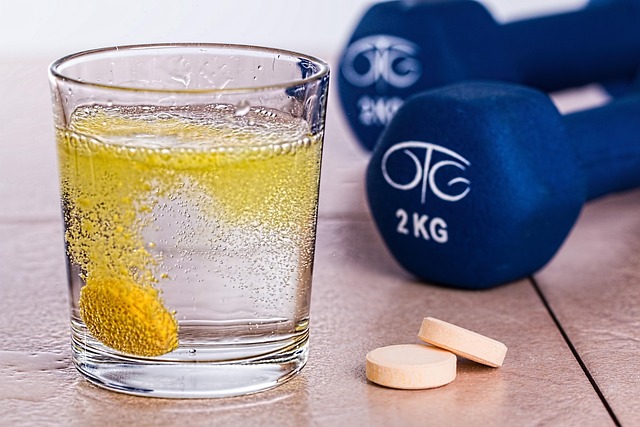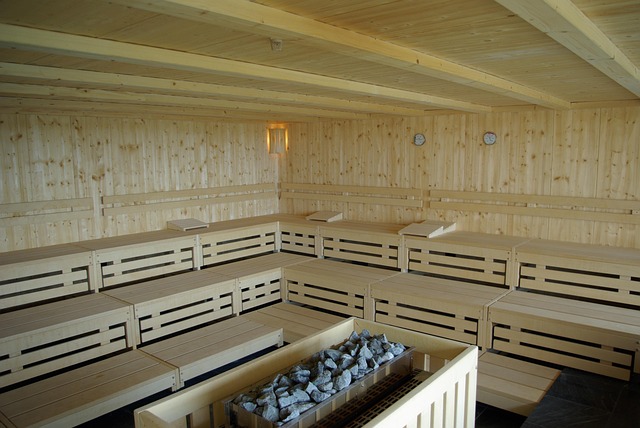Regular physical activity is a powerful tool for maintaining high energy levels and vital health. Combining aerobic exercises like walking or running with strength training regulates hormones, enhances cardiovascular health, boosts mental clarity, and triggers endorphin release to combat fatigue. Aiming for at least 150 minutes of moderate-intensity or 75 minutes of vigorous-intensity activity weekly, along with short daily movements, significantly contributes to sustained overall energy and vitality.
In today’s fast-paced world, maintaining sustained energy and vitality requires a holistic approach. This article explores effective nutrition practices backed by scientific research, focusing on the role of regular physical activity, balanced nutrition, hydration strategies, and mindful eating habits. Discover how these key components interact to enhance your overall well-being, ensuring you feel energized and focused throughout the day. Let’s dive into practical tips and insights for a healthier, more vibrant life.
- The Role of Regular Physical Activity in Energy Levels
- – Explanation of how exercise boosts energy
- – Types of physical activities for sustained energy
- Balanced Nutrition for Vitality Throughout the Day
The Role of Regular Physical Activity in Energy Levels

Regular physical activity is a cornerstone for maintaining sustained energy and vitality. Exercise not only strengthens muscles and bones but also improves cardiovascular health, enhancing oxygen and nutrient delivery to every cell in your body. This increased circulation leads to higher energy levels throughout the day, as well as improved mental clarity and focus. Moreover, regular movement helps regulate hormones that control appetite and metabolism, ensuring you’re fueled optimally with a balanced diet.
Incorporating a mix of aerobic exercises like walking or running, along with strength training sessions, can significantly boost your energy reserves. Aim for at least 150 minutes of moderate-intensity or 75 minutes of vigorous-intensity activity weekly. Even short bursts of movement throughout the day, such as taking active breaks or opting for the stairs instead of the elevator, contribute to this goal and have profound effects on sustaining your overall energy and vitality.
– Explanation of how exercise boosts energy

Regular physical activity is a powerful tool in boosting your energy levels and fostering vitality. When you engage in exercise, your body releases endorphins, often referred to as ‘feel-good’ hormones, which not only enhance mood but also reduce feelings of fatigue. This natural energy boost can last long after your workout, leaving you feeling refreshed and energized throughout the day.
Moreover, regular physical activity increases your muscle mass and improves cardiovascular health. Stronger muscles require more energy to maintain, which can contribute to a higher metabolic rate. A healthier heart, on the other hand, ensures optimal oxygen and nutrient delivery to all parts of your body, supporting sustained energy levels and overall vitality.
– Types of physical activities for sustained energy

Regular physical activity is a cornerstone in sustaining energy and vitality throughout the day. Engaging in moderate to vigorous exercises, such as brisk walking, cycling, swimming, or team sports, for at least 150 minutes weekly significantly boosts cardiovascular health, enhances endurance, and improves overall stamina. These activities increase blood flow, deliver essential nutrients to muscles and organs, and promote the release of endorphins, natural mood elevators that reduce stress and fatigue.
Incorporating a mix of aerobic exercises and strength training can further optimize energy levels. Strength training, including weightlifting or bodyweight exercises like push-ups and squats, builds muscle mass which acts as an energy reserve. Stronger muscles require less energy at rest, allowing for longer periods of physical activity without depleting reserves. This balance ensures sustained energy output during daily tasks and promotes vitality well into the later hours.
Balanced Nutrition for Vitality Throughout the Day

Maintaining vitality and energy levels throughout the day requires a balanced approach to nutrition, especially when combined with regular physical activity. A well-rounded diet should include a variety of foods from all food groups—carbohydrates, proteins, healthy fats, vitamins, and minerals. Carbohydrates provide the body with glucose, which is essential fuel for daily activities, while proteins support muscle repair and growth. Healthy fats are crucial for hormone production and overall brain health. Vitamins and minerals play a pivotal role in numerous bodily functions, ensuring optimal performance.
Incorporating regular physical activity into your routine further enhances energy levels by improving blood circulation and increasing oxygen supply to the body’s tissues. This promotes better cellular function and enhanced cognitive performance. Additionally, exercise stimulates the release of endorphins, often referred to as ‘feel-good’ hormones, which can naturally boost energy and reduce feelings of fatigue.
Regular physical activity and balanced nutrition are key components in maintaining sustained energy and vitality. Exercise boosts energy levels by increasing blood flow, enhancing oxygen delivery to muscles, and releasing endorphins, which can improve mood and reduce fatigue. Incorporating a variety of activities like cardio, strength training, and flexibility exercises into your routine ensures a holistic approach to energy management. Meanwhile, a balanced diet provides the body with the necessary nutrients to fuel daily activities and support overall well-being. By combining regular physical activity with strategic nutrition, individuals can experience improved energy levels throughout the day, setting the stage for a healthier, more vibrant lifestyle.
